Edgar Breau: A musical double life
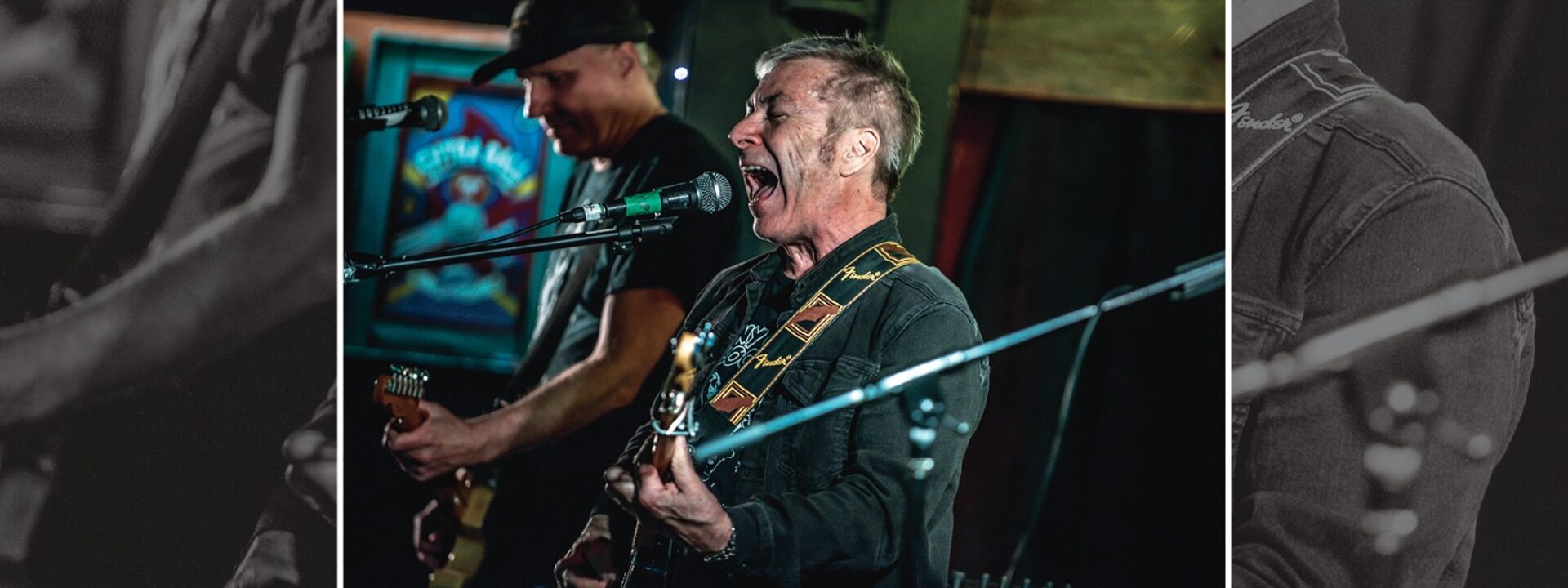
With his fifth full-length solo album, Acadian Drift, the veteran Hamilton singer-songwriter and musician and lead singer of cult favourite Simply Saucer shows the power of his range as both a rocker and a folky songsmith.
Veteran Hamilton singer-songwriter and guitarist Edgar Breau is leading a fascinating musical double life. He remains a cult hero as the leader of internationally acclaimed underground rock band Simply Saucer, while also pursuing a career as a folk-rooted solo songsmith.
Over the past year, he has actively worn both hats, performing shows in Hamilton, Toronto, Montreal and beyond with both Simply Saucer and as Edgar Breau. A sizzling full-band Simply Saucer show at The Mule Spinner last year (recorded for a potential live album) was the finest local concert this scribe saw in 2024.
In February, Breau released his fifth full-length solo album Acadian Drifter to glowing reviews. He launched it with a sold-out matinee at the Capitol, a show that confirmed the peer respect that Breau, a proud Hamiltonian, has earned over his five decades plus of making music in this city.Spied in the appreciative crowd were such noted Hamilton musicians as Champagne James Robertson, Martin Verrall, Darryl Gould, Mickey DeSadist (Forgotten Rebels), Pip Kummel and Scott McCullough (Rusty).
At that show, Breau played both solo and with the rhythm section of Kevin Christoff and Paul Panchezak, premiering new material alongside favourites from both his solo and Simply Saucer catalogues. The performance again showcased the astonishing range of styles Breau draws upon, from Anglo-style folk to blues to proto-punk and guitar-driven psychedelia. Factor in his always literate narratives, fluent guitar playing, and a vocal style that moves from plaintive to aggressive with ease, and you have a formidable and well-rounded talent.
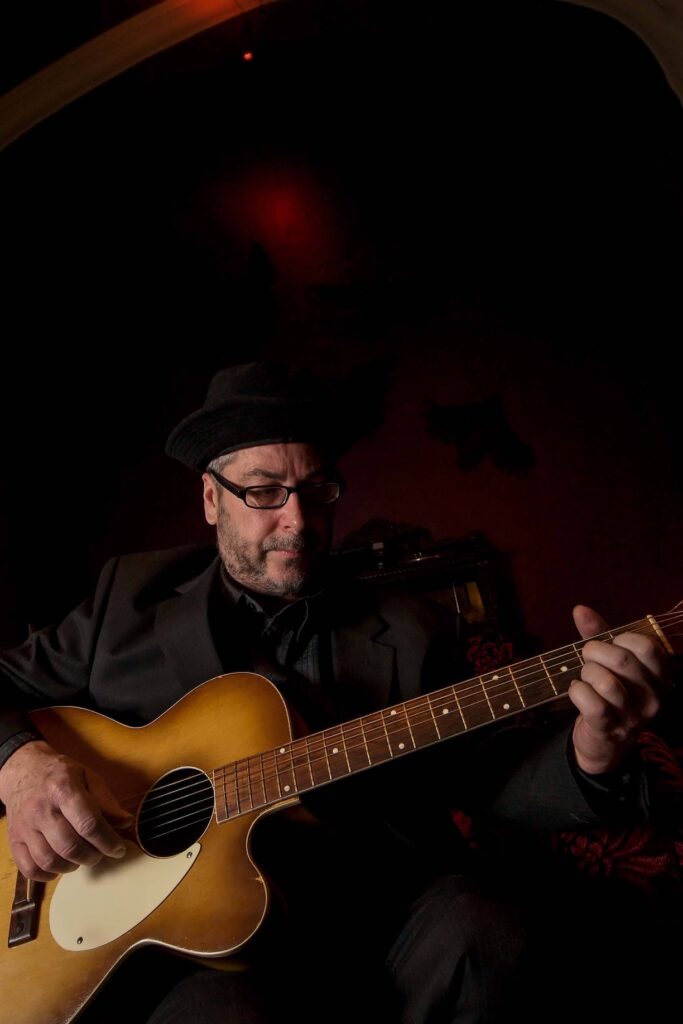
To learn more about Edgar Breau’s musical balancing act and his deep Hamilton and Acadian roots, HCM interviewed him over coffee in the east end.
Born and raised in Hamilton, Breau has primarily lived in the east end, along with stints downtown and in Dundas, plus a short stay in Guelph and Fergus when his father moved the family there to take a job at the reformatory in Guelph. “My father worked at Westinghouse in Hamilton at the same time as the father of David Byrne (the legendary Talking Heads frontman),” says Breau. “He also worked at the Barton Street jail as a prison guard, alongside Frankie Venom’s father.
“I grew up hearing a lot of prison stories from my father, often quite violent and gruesome. The east end then was a rough area. Some of my friends went to prison, and those things are all influences on me as a writer – the crime thing, the fugitive, the outsider.”
Breau explains that the title Acadian Drifter “in part reflects my own life and roots. My family goes way back in terms of Canadian history, as part of the first French presence in Canada (they settled in the Maritimes). I’m taking French lessons now, and I’ve been learning Acadian songs on the guitar, hoping to incorporate some into my set.”
The new album is a generous 13-song collection with a wide stylistic reach. A focus track on Acadian Drifter, “Cornpone The King of Jive,” is grabbing attention, as its aggressive loud guitar-driven sound rather stands apart from the generally mellow vibe of the album. Breau describes it as “snarly Southern-fried garage rock,” explaining that the song went through a real transition.
“I wrote it on acoustic guitar, fingerstyle, then sent it to (producer/guitarist Dany Laj) ahead of us recording it. He had his own ideas for it, and he gave me a little Fender Champ amplifier. Most of Led Zeppelin’s most famous recordings are on small amplifiers that they just cranked up.
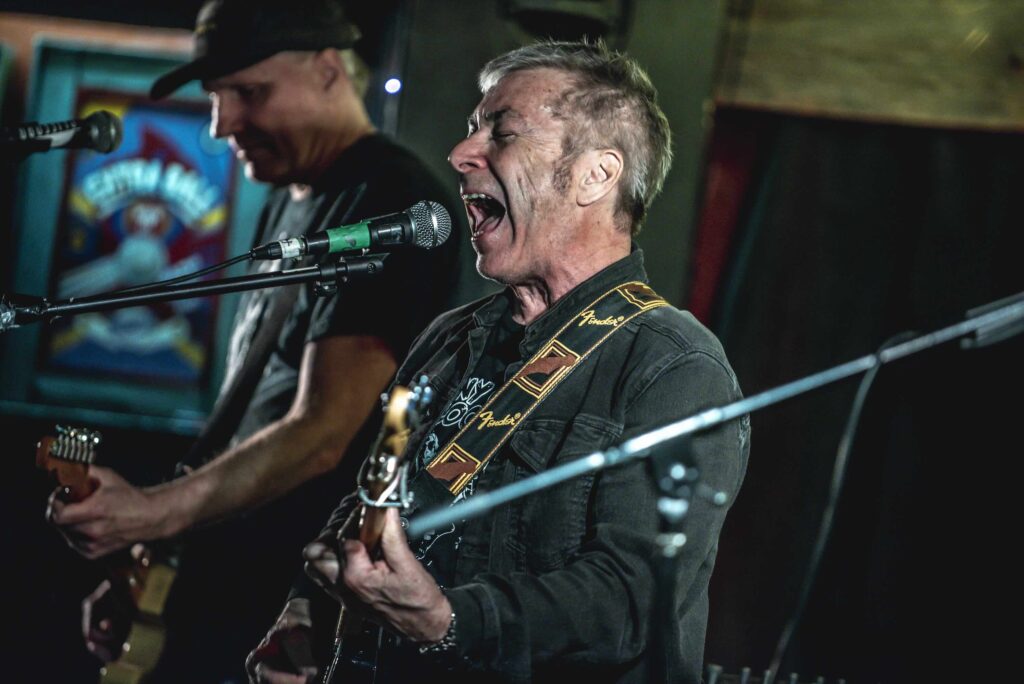
“I was playing an Epiphone hollow-bodied guitar, and Dany had a hollow-bodied Gretsch. His band Dany Laj and the Looks backed me up, and Dany cranked it up.” At his home studio in Montreal, Laj also produced “Rosemary,” another of the more recent tunes on the album.
The rest of Acadian Drifter was recorded in Hamilton, with some sessions dating back as far as 15 years. With the exception of “Brandywine” (produced, engineered and mixed by the team of Adam Bentley and Jordan Mitchell), noted local musician and producer Michael J. Birthelmer produced, engineered and mixed the other 10 songs at his Pine Street Studio.
“I’ve been recording with Mike a long time, including on my Patches Of Blue solo album. His experience as an engineer and the calibre of musicians he can bring with him are real pluses,” says Breau.
“To put Acadian Drifter together, we played everything that was in the can and I made a shortlist of songs I wanted to complete. It was a matter of small finishes, like adding country harmonies on ‘Misfortune.’ Now it feels good to get it out and move on to something new.”
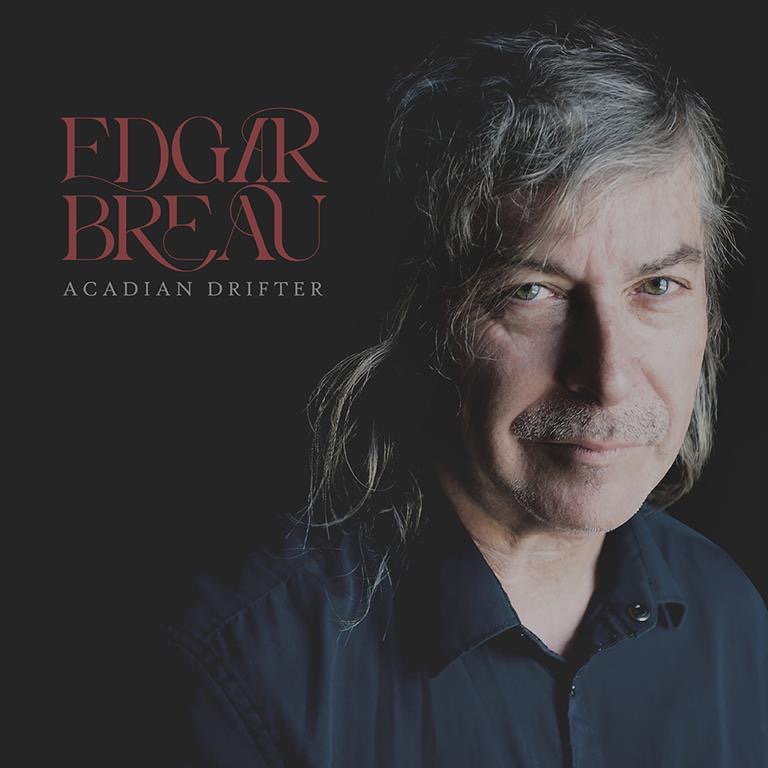
The album features one of the most talent-packed lineups ever for a made-in-Hamilton record. Billed as The Drifter Ensemble, it’s a group that includes drummer Paul Panchezak (Trickbag), bassist Kevin Christoff (a long-time member of Simply Saucer), keyboardist Ed Michael Roth, pianists Greg Brisco and Michael Fonfara (Alice Cooper and Lou Reed), multi-instrumentalist Birthelmer, backing vocalist Colina Phillips (ex-Simply Saucer), and guitar aces Bill Dillon (Robbie Robertson, Bob Dylan) and the late Brian Griffiths. Other guests added such instruments as banjo, mandolin, tuba, trombone and violin, making for a wide sonic palate for Breau’s songs.
These days, Breau primarily writes for his solo career.
“I think I’m capable of writing new material for Simply Saucer, but it is a matter of getting my head around it as it is quite a different space. I wrote so much material for the band in the ’70s, so there’s plenty still in the archives.”
He relishes the range of music he now gets to perform via both projects. “With Simply Saucer, I can do more of the experimental and heavy rock guitar playing. It’s still fun for me to crank it up onstage,” he says.
The story of Simply Saucer is certainly one of the most fascinating in Hamilton music history. It is compelling enough to justify the band receiving a comprehensive biography, Heavy Metalloid Music: The Story of Simply Saucer, written by Canadian music journalist Jesse Locke, who drummed in the band for a spelI.
In turn, a lyric from Simply Saucer song “Bullet Proof Nothing” inspired the title of Treat Me Like Dirt, an in-depth look at the Toronto punk rock scene written by now Hamilton-based author Liz Worth.
The saga of Simply Saucer begins with the formation of the band, fronted by Breau, in Hamilton in 1973. The following year, the group went into the Ancaster basement studio of a pre-fame young producer and engineer named Daniel Lanois and his brother Bob.
The results of those sessions never saw the light of day at the time. Simply Saucer then toiled in relative obscurity, earning a reputation for powerful live shows but gaining no commercial success prior to breaking up in 1979.
That would have been the end of a short story, but for Hamilton Spectator music critic Bruce ‘Mole’ Mowat’s passionate love of the band. He tells HCM that “Edgar Breau had given me a cassette dub of half of the June 1974 Lanois studio sessions. I was so blown away that, in early 1988, I dubbed six copies and sent them to some of the leading fanzine scribes of the day, who also did pro writing, for publications like Spin and Sounds.”
One of these fanzine publishers was Canadian Gary ‘Pig’ Gold, who in 1977, produced the first Simply Saucer single, “She’s A Dog,” and released it on his Pig Records label.
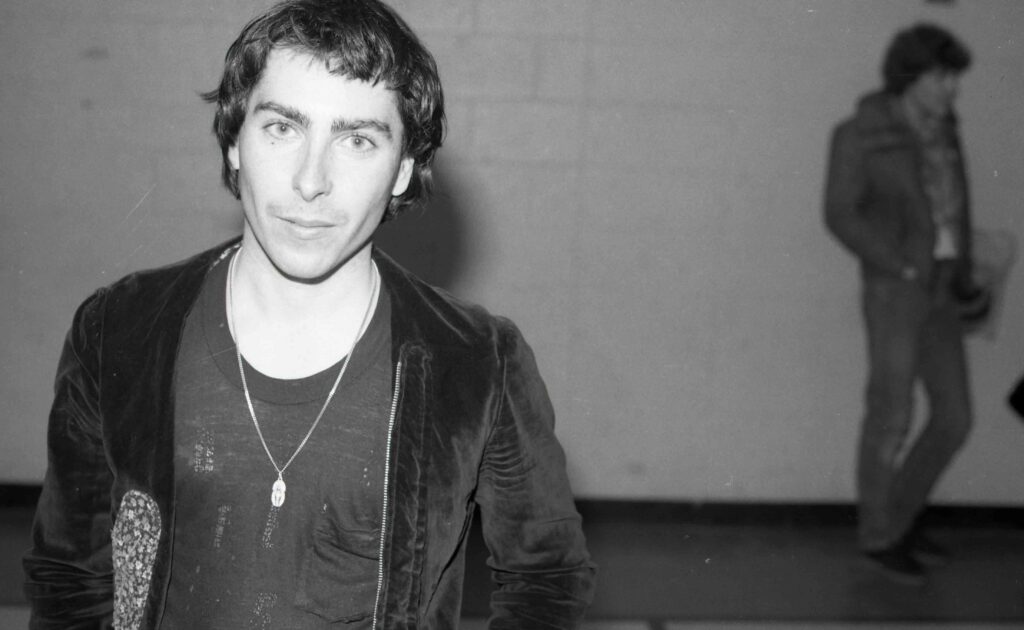
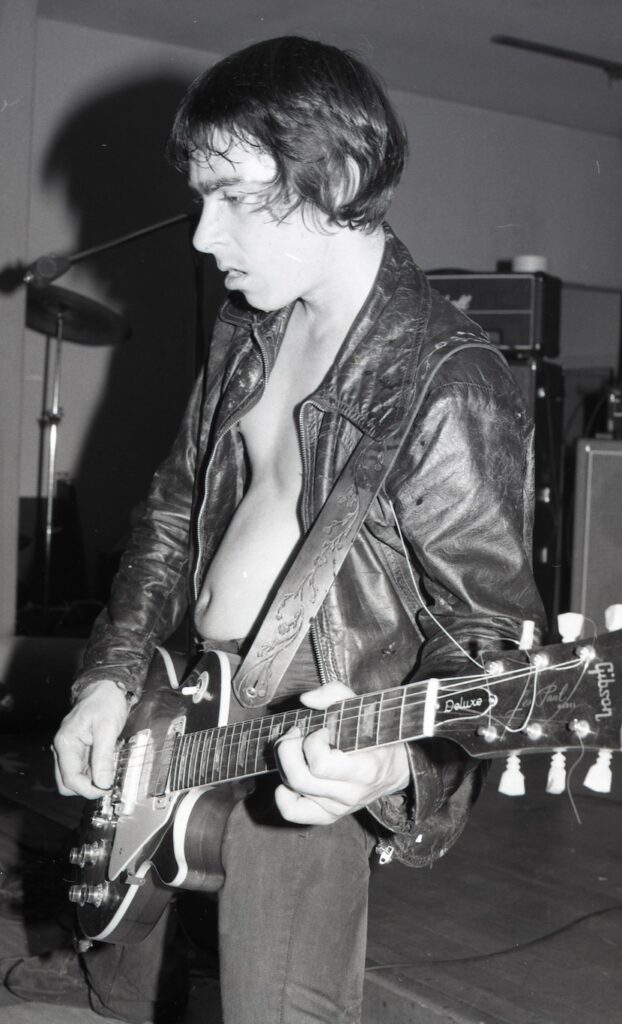
Mowat recalls that, “All six gents went absolutely mental over this find, and one, Byron Coley, offered to put it out on his Forced Exposure label. After some months, I got a forlorn note from Coley: ‘We can't do it. Why don't you put it out?’”
Then Breau found another reel of music from the Lanois session. Mowat took out a loan, pressed the plastic and sent out press copies to fanzine publishers and campus radio stations in November 1989.
This collection of songs was augmented with live recordings from a June 1975 Simply Saucer concert at Lloyd D. Jackson Square. Dubbed Cyborgs Revisited, the double-album came out on Mowat’s tiny indie label, Mole Sound Recordings, and the international reaction to this “lost treasure” was astounding. It received rave reviews in such notable publications as U.K. music mags Mojo and UNCUT, The London Times, Village Voice and Creem, plus dozens of fanzines around the globe, establishing Simply Saucer as cult favourites long after their initial demise.
Critics termed the Simply Saucer sound “proto-punk,” given these songs were recorded a few years before the punk rock explosion. Breau’s material mixed elements of psychedelia, progressive rock, early electronica and garage rock into a heady sonic cocktail that genuinely was ahead of its time.
The reputation of Cyborgs Revisited has continued to grow over the decades, enhanced by a later CD edition in 1992 and an expanded reissue by Sonic Unyon in 2003. It ranked 48th in Chart magazine's 1996 reader poll of the greatest Canadian albums, and 36th in Bob Mersereau's 2007 book The Top 100 Canadian Albums. A major fan, Mersereau has claimed that “Edgar Breau has had the strangest career in Canadian music.”

The enthusiastic response to Cyborgs Revisited inspired Breau to reunite Simply Saucer in 2006. The band has undergone multiple personnel changes over the years, but Breau has always been able to attract high-calibre players. For instance, the Simply Saucer lineup at The Mule Spinner last year included Blue Rodeo drummer Glenn Milchem and Killjoys mainman Mike Trebilcock, plus longtime Simply Saucer bassist Kevin Christoff.
International interest in the band has remained strong. A planned U.S. tour was scuttled by the pandemic, but may be reinstated, and Simply Saucer has played select shows stateside.
Reflecting upon the original incarnation of Simply Saucer, Breau explains that “right from the start, working with David Byers from The Shangs, our intent was to form an outsider cult band. It was almost like an ‘us against the world’ thing, which is fun when you’re young.”
But the ’70s brought a self-destructive lifestyle, too.
“There were hard drugs, and scary people became involved in what was called the (band HQ) Saucer House. We crashed and burned and that looked like the end of it. I couldn’t live that way any longer, and I became a family guy with five children. I kept playing, writing and learning, however.”
That period saw Breau explore different elements of folk music, leading to his solo albums. As Mowat explains to HCM, “Ed's solo discography is hard to follow, because his initial releases were compilations of material, drawn from a variety of sources, over a period of six years 1988-1994, augmented with 2002-3 sessions. In the years since, Ed has reconfigured many of these into specific session collections.”

For instance, his acclaimed 2020 album Shadows Of Ecstasy comprises material he recorded back at Grant Avenue in the late 1980s.
“The important thing about the solo material is that all of it originates from his acoustic guitar playing,” says Mowat. “That also involves alternate tunings, which give it a distinct flavour and sound.“
Breau’s official solo debut album was Canadian Primitive, released in 2004, and it vividly showcased his stylistic transition from the psychedelic proto-punk of Simply Saucer to a folk-rooted sound featuring his fluent finger-style guitar picking. Influences on this style included renowned American folk guitarist John Fahey and such English folk groups as The Incredible String Band and Pentangle.
Subsequent solo releases were Patches of Blue (2012), Edgar Breau (2018), Shadows of Ecstasy (2020), and now Acadian Drifter.
As prolific now as ever, this musical veteran has no retirement plans.
“If you try to walk away from it, you get cognitive dissonance in your life. There is something missing.”














